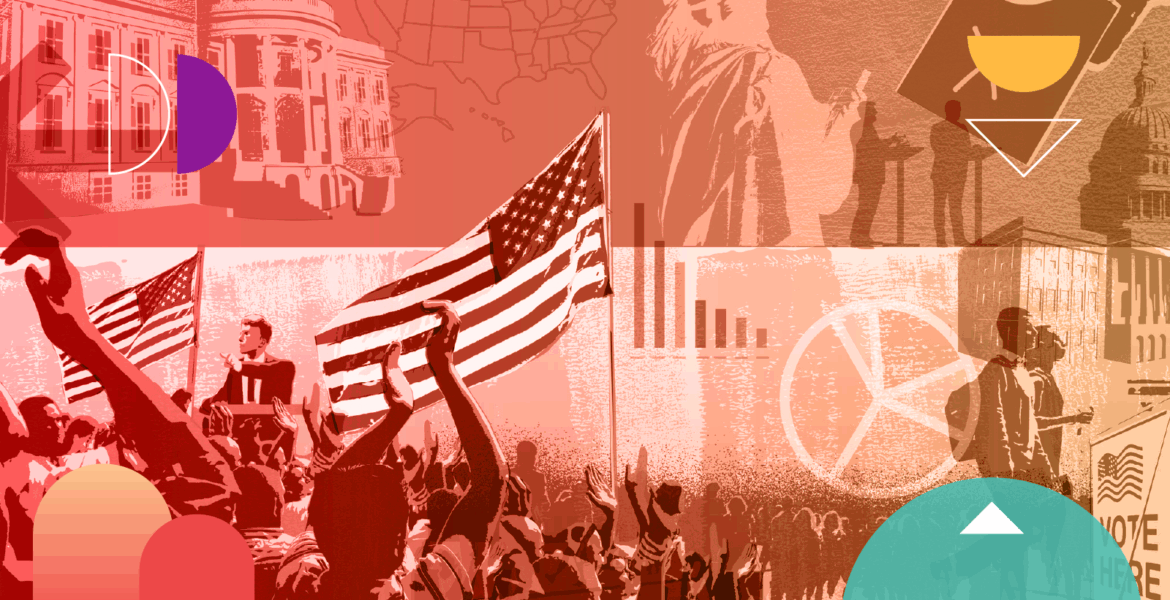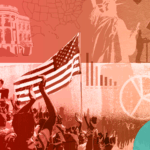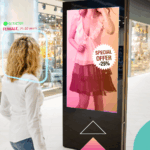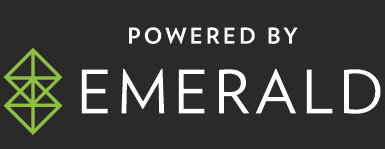By Ray Sheehan, Founder — Old City Media
Election seasons always bring volatility to the advertising world, whether it’s a presidential year or a local race with national implications. Media inventory shrinks, political dollars dominate, and rates go up across the board. That squeeze puts pressure on brands of every size to rethink how and where they allocate their spending.
It’s not just about cost. It’s about access. Political campaigns often buy up prime ad slots months in advance, leaving limited options for brands that rely on traditional media schedules.
If you’re a company trying to stay visible in Q4, a business-as-usual approach won’t cut it. Now is the time to shift strategies and lean into alternatives that offer better value and a stronger connection with your audience.
Political ad buys shrink inventory and drive up rates
Every election cycle, ad space gets competitive and expensive. While much of the public’s focus may be on presidential or congressional races in even-numbered years, election-related ad spending happens year-round. Local campaigns, ballot initiatives, and political action committees continue to invest millions in TV, digital, and radio advertising in the months leading up to November.
That demand has ripple effects. Brands not involved in politics still find themselves priced out of the channels they typically count on. A 30-second spot that cost $2,000 last quarter might now go for double — if it’s even available. That kind of instability makes it nearly impossible to plan a cost-effective campaign using legacy media alone.
The smart move? Get out of the bidding war. Redirect your budget toward channels that can’t be hijacked by political spend.
Invest in direct, experience-based marketing
If traditional ad slots are clogged with campaign messaging, consider meeting your audience somewhere else. It’s important for brands to show up in real-life settings where they can engage consumers directly (festivals, pop-ups, product samplings, and regional events).
These aren’t passive impressions; they’re interactions. When a customer samples your product at an outdoor event, attends your branded experience, or speaks to a team member face-to-face, the message sticks. You’re not interrupting them; you’re adding value.
That’s the difference between exposure and engagement. And in an election year full of noise, it is the latter that builds brand equity.
Use content to tell real stories, not compete for clicks
Not every business has a physical presence or live event strategy, and that’s okay. There’s still opportunity in digital if you’re strategic. The trick is not to mimic traditional ad buying behavior (pre-rolls, banners, boosted posts). Instead, tell better stories.
Highlight real customer experiences. Show what your product or service does in people’s lives. Avoid vague claims and generalizations. Stick to specifics. If someone had a great experience at your booth, turn that into a case study. If your team helped solve a problem at a local event, document it.
People are inundated with generic messaging during election cycles. The brands that stand out are the ones that feel honest, helpful, and personal.
Build custom campaigns that align with who you are
Brand storytelling isn’t just about tactics; it’s about alignment. If you want to gain traction during a crowded media season, your messaging needs to reflect your brand’s core values, and those values need to show up in the way you market.
Start by looking inward: What do you want people to associate with your brand? Community support? Innovation? Accessibility? Then, audit your existing marketing against those values. Are they coming through clearly? If not, it’s time to adjust the story you’re telling — and how you’re telling it.
Whether through a local partnership, a small event series, or a digital campaign tied to a real-world initiative, your goal should be to stay consistent. Especially when the media world feels inconsistent.
Election cycles reward agility, not necessarily scale
Election-year marketing doesn’t reward the loudest brand but the most adaptable. If you’re tied to fixed media buys, you’ll struggle to keep up. But if you’re flexible, you can shift when costs spike, tap into new audiences through live experiences, and build trust in ways that don’t require outspending anyone.
Alternative strategies aren’t just a backup plan; they’re often the better plan — especially when the traditional playbook no longer works.
In a year where politics dominate the headlines, your brand doesn’t need to compete with the noise. It needs to be something people can trust. And trust is built through presence, purpose, and proof.
About the Author
– Ray Sheehan is a USA National Bestselling Author and the Founder of Old City Media, a leading North American experiential marketing and event production agency. With a background in strategic planning, advertising, and event management, Ray has transformed Old City Media from a single-city startup into an international brand partner network trusted by Fortune 500 companies and top retail brands. He has been featured in Forbes Switzerland, Rolling Stone UK, Esquire Australia, Entrepreneur, and SUCCESS Magazine, recognized for his innovative approach to experiential activations, brand partnerships, and lead generation for nationwide home improvement companies. Earlier in his career, Ray partnered with UpcomingEvents.com in Philadelphia and worked with 20th Century FOX, where he oversaw production and launched a nationally syndicated television show. In 2020, he developed the G.I.F.T. Program at Old City Media, an innovative solution now embraced by grocery chains, retail stores, and other high-traffic big box locations. The program provides both brands and retailers with a turnkey platform for face-to-face engagement, lead generation, and new revenue growth. A recognized leader in the marketing industry and beyond, Ray continues to create scalable, results-driven programs that help brands build meaningful, measurable connections with consumers.








